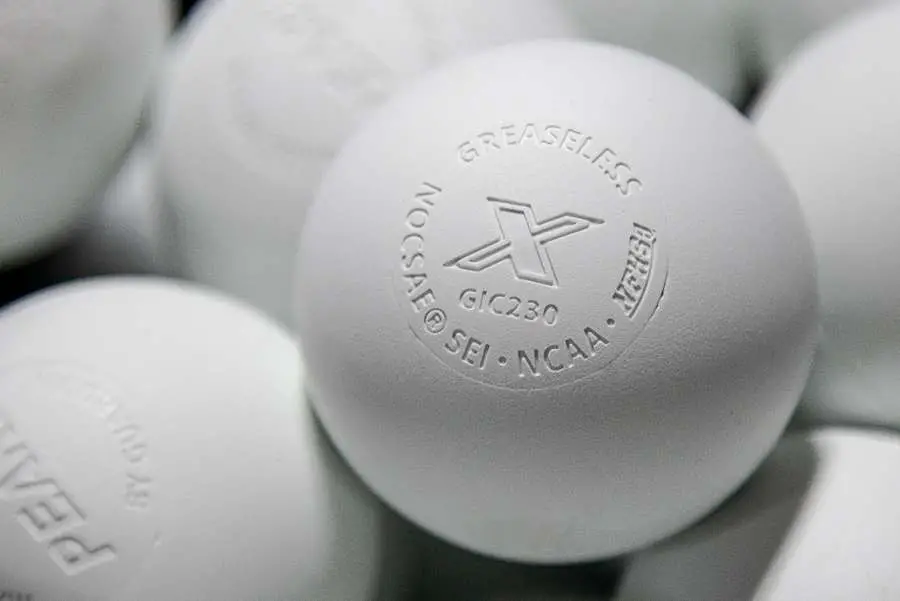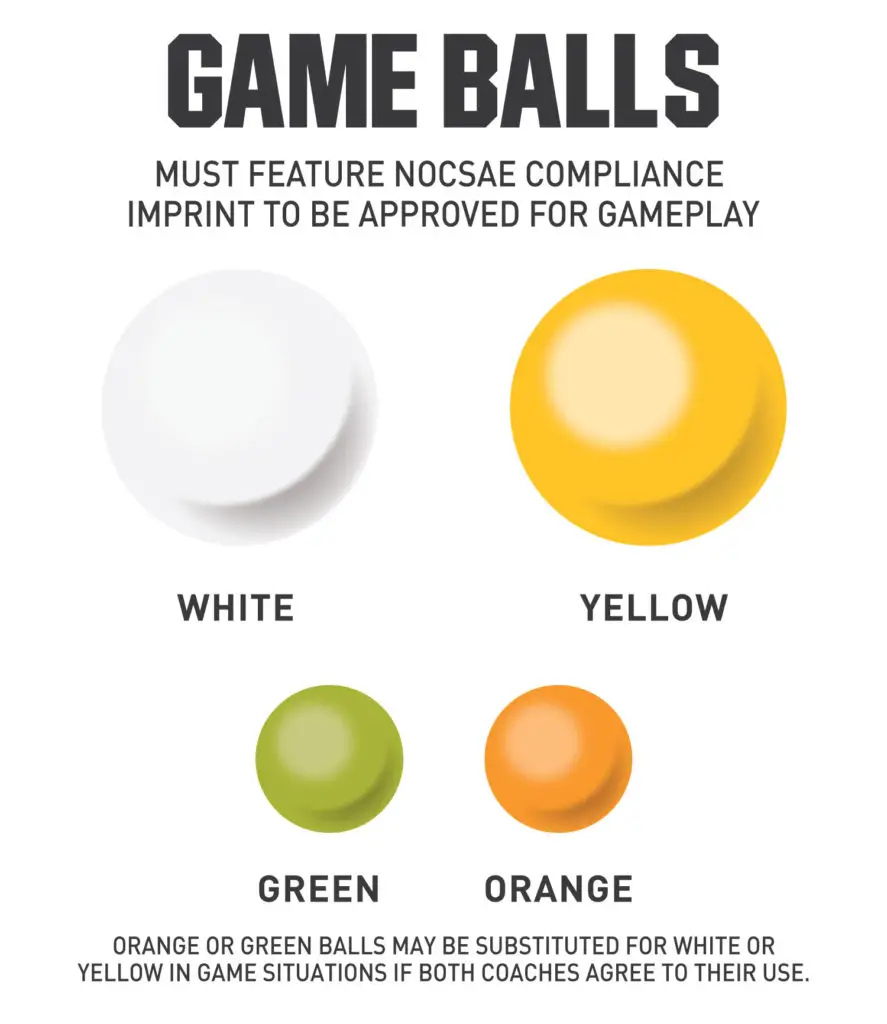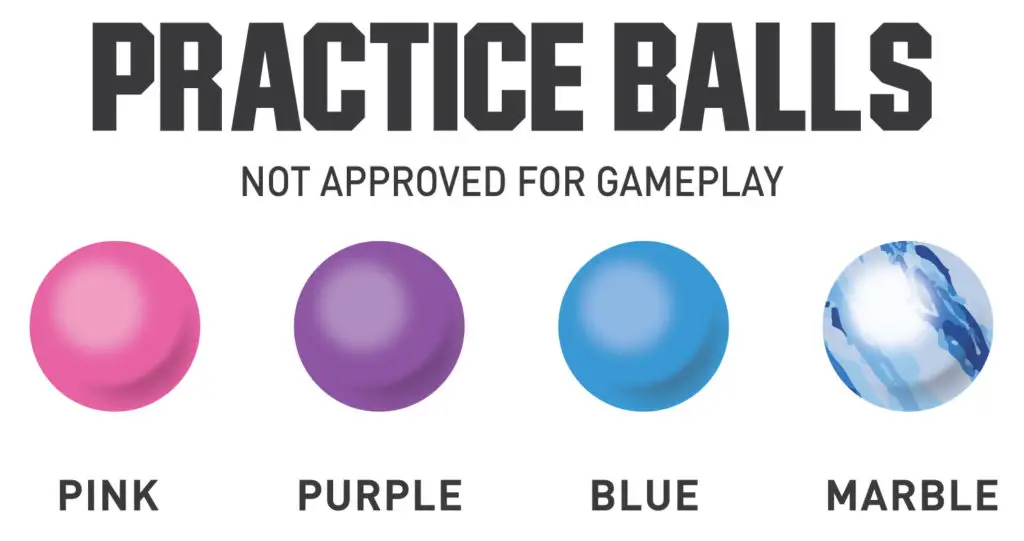Spring is just around the corner. I can’t wait to pick up the ball and do some wall ball and shooting practice in the backyard. It’s the best form of practice to regain your stick skills and improve hand-eye coordination prior to a season. And speaking of lacrosse balls, many beginner players are probably curious about the nature and history of a lacrosse ball, such as what they are made of or if there’s cement inside a lacrosse ball.
In this post, I will answer all your questions as well as recommend some good official and practice lacrosse balls to purchase today. Without further ado, let’s jump in.
Read also: Are lacrosse balls safe for dogs?
History of Lacrosse Balls
Over the long history of lacrosse, the materials that come with a lacrosse ball have also seen a revolution in and of itself. In the very early days, they were made of wood, buckskin or rocks which resulted in the ball being very dense and heavy. Over time, as westerners started to revolutionize the game, they replaced the materials with deerskin on the outside and stuffed fur on the inside. That marked the inception of how modern lacrosse balls came to be.
As we will delve into the attributes of a lacrosse ball, the materials that manufacturers use today are specifically designed to make it bouncy, durable and strong.

What Is A Lacrosse Ball Made Of?
When people first hold a lacrosse ball, they tend to think lacrosse balls have cement inside due to their softer surface and a pretty dense weight. What they fail to realize it’s that the design is to help players generate enough speed and power to the ball so that it could travel up to 100mph+ as well as bounce off the ground at a high speed.
Hence, unlike the common myth about lacrosse balls having cement inside, lacrosse balls aren’t made of cement. Rather, lacrosse balls are entirely made of solid, rubber materials, such as latex rubber, vinyl, silicone or polyurethane. From those certified materials, the most common types are latex rubber and crosslinked polyurethane.
If we pull up the official NCAA handbook about lacrosse balls specs, it states:
“Section 17. The ball shall be white, yellow, or orange solid rubber between 7 3/4 and 8 inches in circumference, between 5 and 5 1/2 ounces in weight, and when dropped from a height of 72 inches upon the concrete floor, shall bounce 43 to 51 inches at a temperature of 65 degrees Fahrenheit.”
In summary, to be certified as an official game ball, materials like rubber and polyurethane make sure they meet the standard outlined above.
What’s Inside A Lacrosse Ball
To give you a visual demonstration of what a lacrosse crosse section looks like, check out this video:
Spoiler alert: might not be as exciting as you think since lacrosse balls are solely made of rubber without any hidden materials inside.
How Hard Is A Lacrosse Ball
The hardness of a lacrosse ball is not determined arbitrarily. In fact, to ensure the lacrosse ball is hard and durable enough for official game use, all lacrosse balls must pass NOCSAE standards.
NOCSAE (National Operating Committee on Standard for Athletic Equipment) is a non-profit organization that creates lacrosse equipment standards. To pass the NOCSAE standard, every lacrosse ball has to undergo a series of tests, namely the compression deflection load test and the coefficient of restitution test. Once the ball is approved, the organization will engrave a statement onto the ball that reads, “Meets NOCSAE Standards”.
Beyond that point, a lacrosse ball is then legally certified to be strong and hard enough to play in an official game.
Lacrosse Ball vs. Baseball
Although lacrosse and baseball are largely two different sports, there’s a hot debate around comparing lacrosse ball with baseball. Is a lacrosse ball harder than a baseball?
There are several ways to do the comparison: first, when it comes to weight, lacrosse ball and baseball weights are nearly the same which isn’t surprising given the fact that they must weigh between 5 and 5 ½ ounces to be legal. The second factor is the materials. As we mentioned earlier, since lacrosse balls are mainly made of rubber, they are denser than baseballs that consist of cork, yarn and horsehide materials.
In conclusion, lacrosse balls are harder and more durable than baseballs. Lacrosse balls are solid rubber filled whereas baseballs are swaddled with yarn on the outside.
Game Balls vs. Training Balls

Lacrosse balls used in an official game vary between men’s and women’s lacrosse. The men’s game typically uses a white ball while women use a yellow ball. The color is subject to change as long as both coaches agree upon the different colors before a game starts. As you can see above, alternative colors include orange and green balls.
In addition, youth players under 10U have to use softer lacrosse balls, tennis balls or other alternative soft balls.

Training balls are only designed for practice use as they don’t meet NOCSAE standards. These balls are usually softer to minimize potential injury and maintain the same weight and size as a game ball. They are great for wall ball practice and shooting drills.
One perk of practicing with training balls is the bright colors you get to choose so it’s easier to find them on the field.
Products You’d Consider
Game Balls:
STX Official Lacrosse Balls: Very high quality and durable game balls. Also easy to find even at night or after errant shots
Velocity Lacrosse Balls: Six different colors to choose from. Consistent and durable balls to practice with. Currently on sale right now!
Training Balls:
SWAX LAX Lacrosse Training Balls: Most popular training ball options on the market today. These balls are especially great for beginners to practice with.
Conclusion
The evolution of the lacrosse ball symbolizes how much lacrosse as a sport has changed. This is the beauty of lacrosse which is every piece of equipment or gear comes with an interesting history or story behind it.
Lacrosse balls are definitely unique in their own way in terms of feel, weight and materials. I hope this post showed you just that. Most importantly, you are now able to differentiate a certified lacrosse ball from a sloppy one. It’s time to start leveraging this useful knowledge to help sharpen your lacrosse skills.





